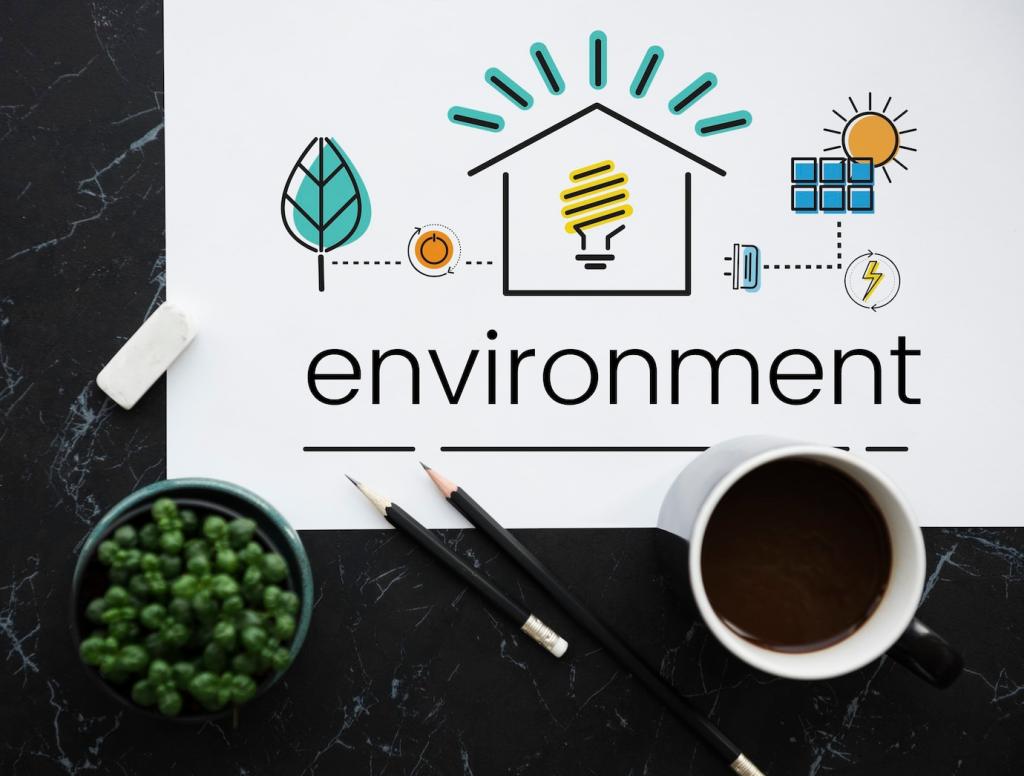
Innovations in Energy Efficiency for Sustainable Architecture
Exploring the forefront of sustainable architecture, innovations in energy efficiency play a pivotal role in redefining how buildings interact with their environment. Advancements in design, materials, and technology empower architects and builders to create spaces that significantly reduce energy usage while promoting ecological harmony. As the world prioritizes sustainability, embracing these innovative practices is crucial for shaping buildings that are not only environmentally responsible but also comfortable and functional for occupants. The following sections delve into key areas driving this transformative journey in modern construction.
Integrating Smart Building Technologies
Automated Energy Management Systems
Automated energy management systems represent a sophisticated leap in building efficiency, utilizing sensors and software to monitor and control energy consumption. These systems can learn from historical data, predicting and responding to usage patterns and weather forecasts. By continuously optimizing operations, they reduce waste without sacrificing comfort. For example, automated controls can lower lighting and climate control levels in unoccupied spaces or during peak sunlight, ensuring resources are only used when and where needed. This adaptive approach not only diminishes operational costs but also extends the lifespan of building equipment by reducing unnecessary use.
Internet of Things (IoT) Integration
The Internet of Things (IoT) is transforming buildings into connected ecosystems, where a multitude of devices communicate in real-time. IoT-enabled sensors and actuators facilitate detailed monitoring of energy usage and environmental quality at a granular level. Architects and facility managers can use this wealth of data to make informed decisions about everything from air quality to lighting conditions. For example, IoT-based systems can detect when a conference room is unoccupied and automatically switch off devices, leading to significant cumulative energy savings across a portfolio of spaces.
Intelligent Lighting Solutions
Intelligent lighting solutions harness both automation and smart controls to reduce energy waste dramatically. These systems employ occupancy or daylight sensors, adjusting the intensity and timing of artificial lighting based on real-world conditions. Moreover, advanced lighting systems feature tunable LEDs that deliver optimal illumination while consuming minimal power. By seamlessly aligning lighting needs with occupant presence and natural light availability, intelligent solutions not only conserve energy but also enhance user experience, providing comfort and supporting occupant health through circadian-friendly design.
Advanced Building Materials for Efficiency
High-performance insulation plays a pivotal role in minimizing thermal transfer and ensuring buildings maintain stable indoor climates with minimal energy input. Innovations such as vacuum insulation panels, aerogels, and phase-change materials provide superior thermal resistance compared to traditional options. By reducing the need for forced heating or cooling, these materials allow buildings to achieve remarkable energy savings over time. Effective insulation also contributes to sound dampening and improved indoor comfort, further boosting the overall efficiency and appeal of modern structures.

Designing for Passive Energy
Strategic building orientation is a simple yet highly effective method for maximizing the benefits of passive solar gain, natural ventilation, and daylighting. By analyzing sun paths and prevailing winds, architects orient buildings to capture warmth in cooler months and minimize heat exposure during summer. Proper placement of windows, shading elements, and thermal mass allows for controlled entry of sunlight while preventing overheating. This considered approach can dramatically reduce dependence on mechanical systems, ensuring year-round comfort through efficient design decisions rooted in a deep understanding of environmental context.

